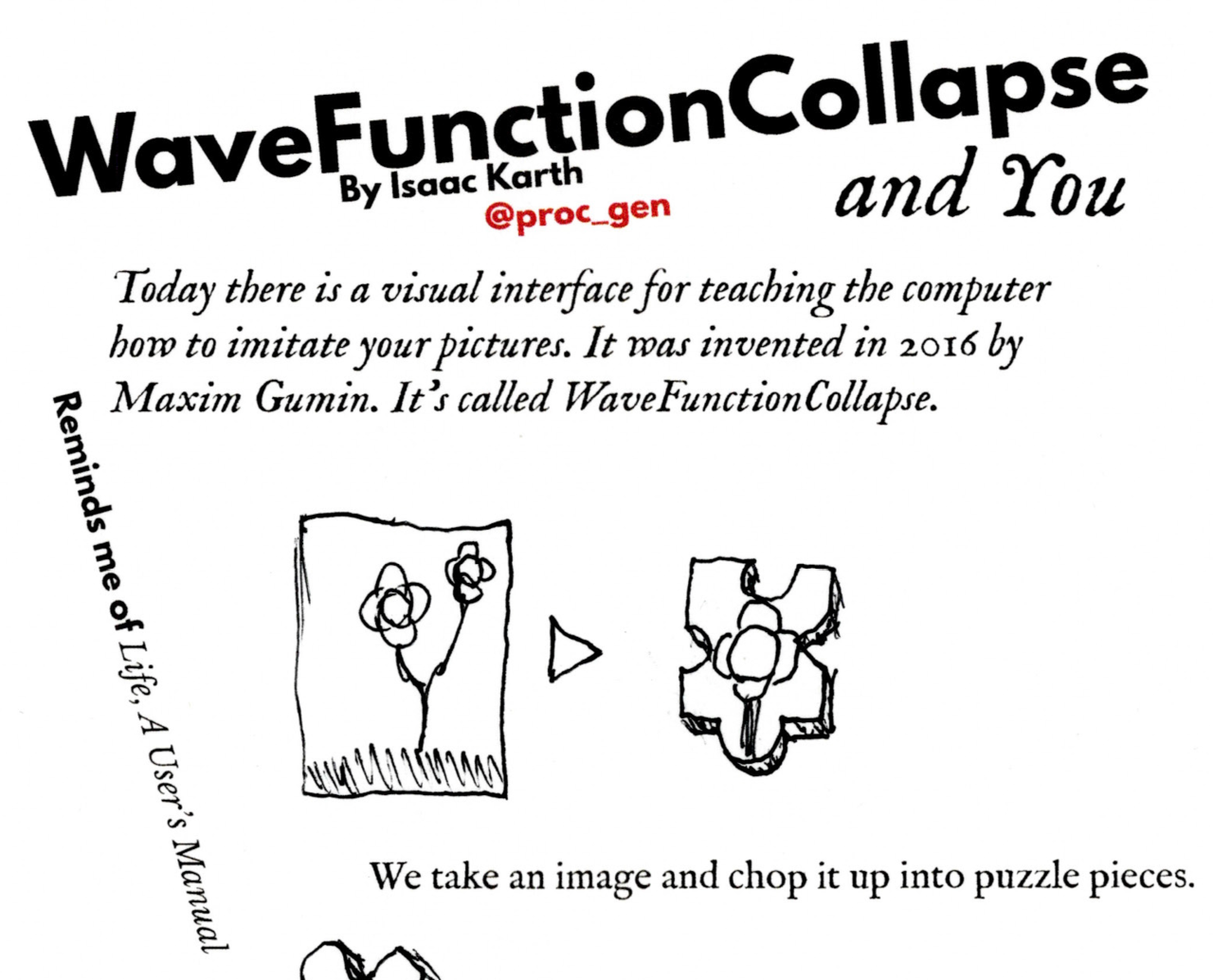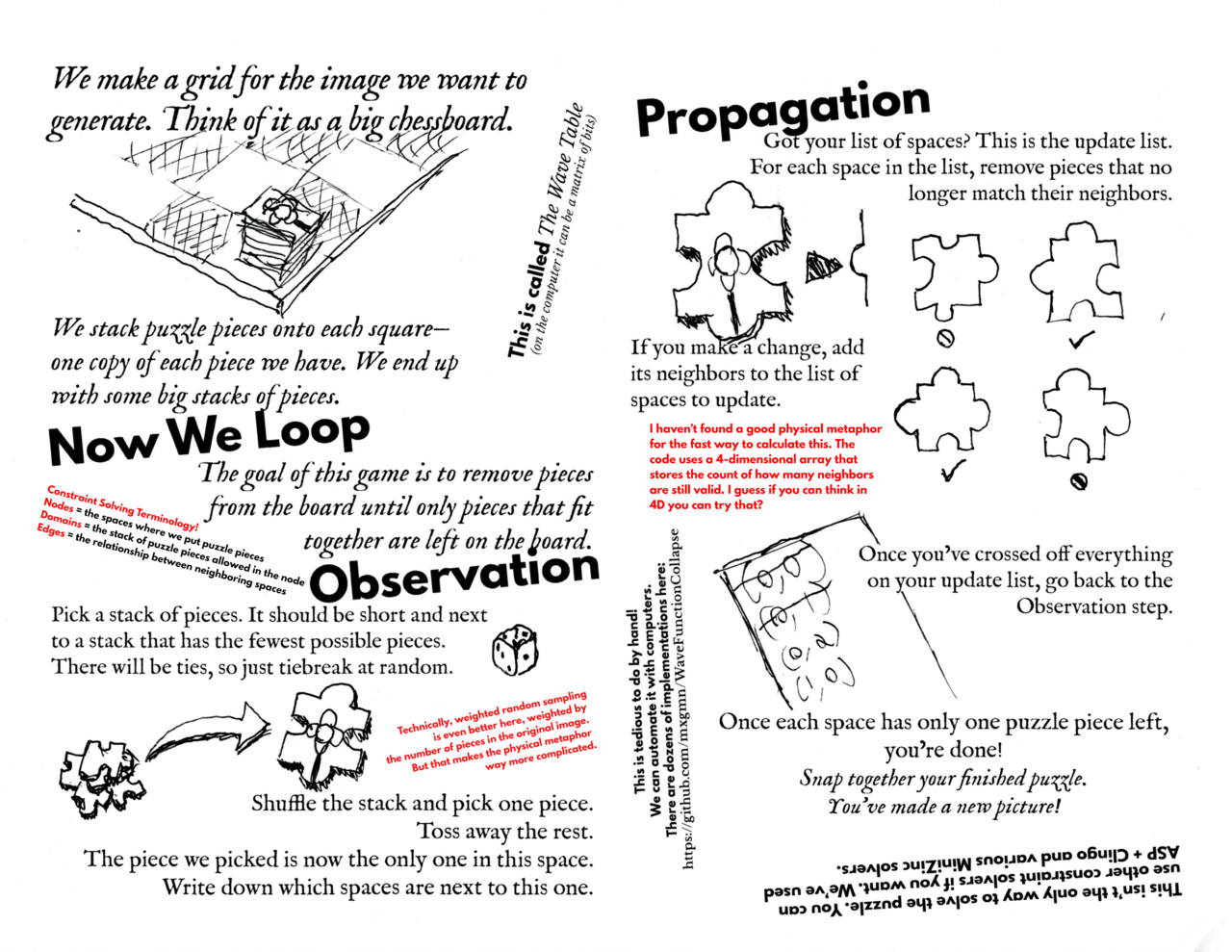






This Person Does Not Exist
None of these people exist. They were entirely dreamed by a generative adversarial neural network–in this case, StyleGAN, which has been having great success. I mean, a couple years back, generated faces were blurry and fuzzy, and a few years before that this kind of thing was impossible. Now they’re detailed and expected.
While there’s still a lot of work that can be done to make these more convincing if you’re an expert at spotting the tell-tale signs, I’m guessing that the next series of interesting innovations will be along other perpendicular dimensions: adding motion, being able to control individual aspects of the generator, making it able to integrate with other parts of an art pipeline, and so on.
As it stands, the images aren’t much use for feeding into other systems. They look pretty convincing, but right now they don’t have the kind of metadata or parameters that other generators would need. For example, you can’t put them on 3D models without a lot of work, to the point where it’d be easier to just paint the textures from scratch. Likewise, they only have the final pixel output, and would probably need a lot more training data to separate specular and diffuse properties.
Still, there’s a lot of information buried in the data already: there’s an ongoing project to attempt to label the latent space. It also links to this explanation of StyleGAN, which has quite a lot of details about how the whole thing works under the hood and why.



